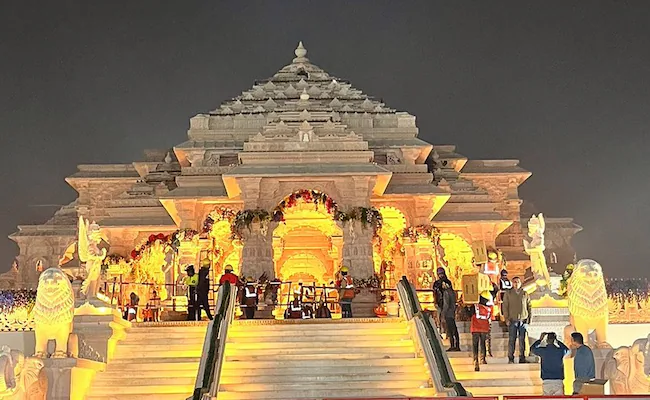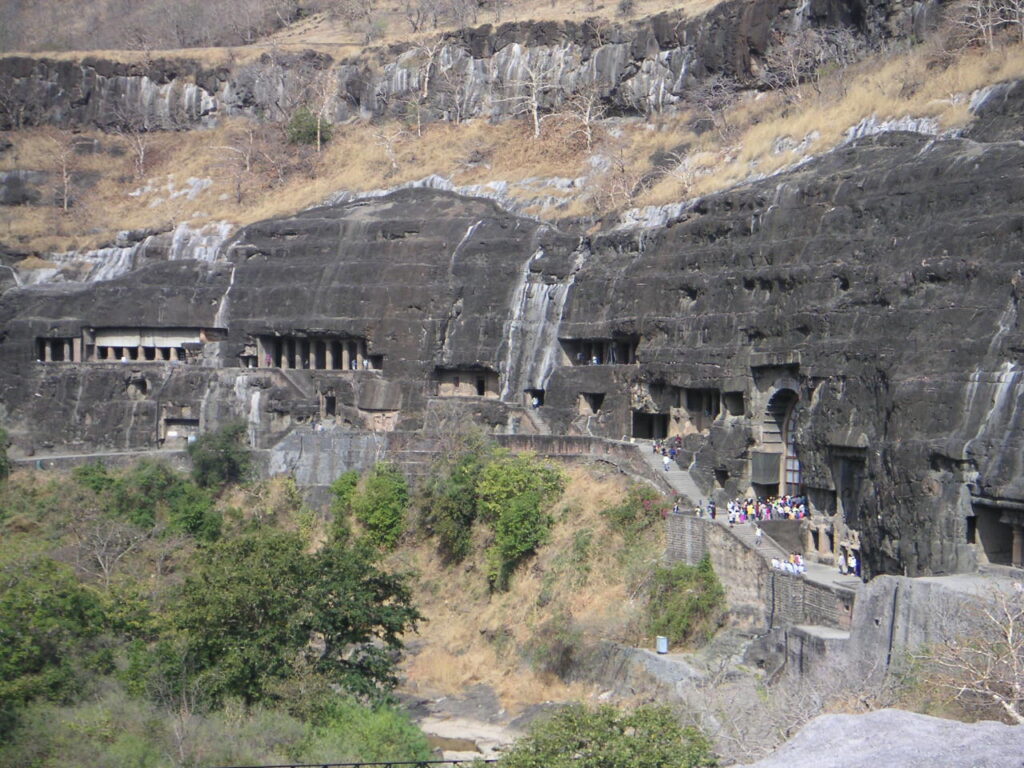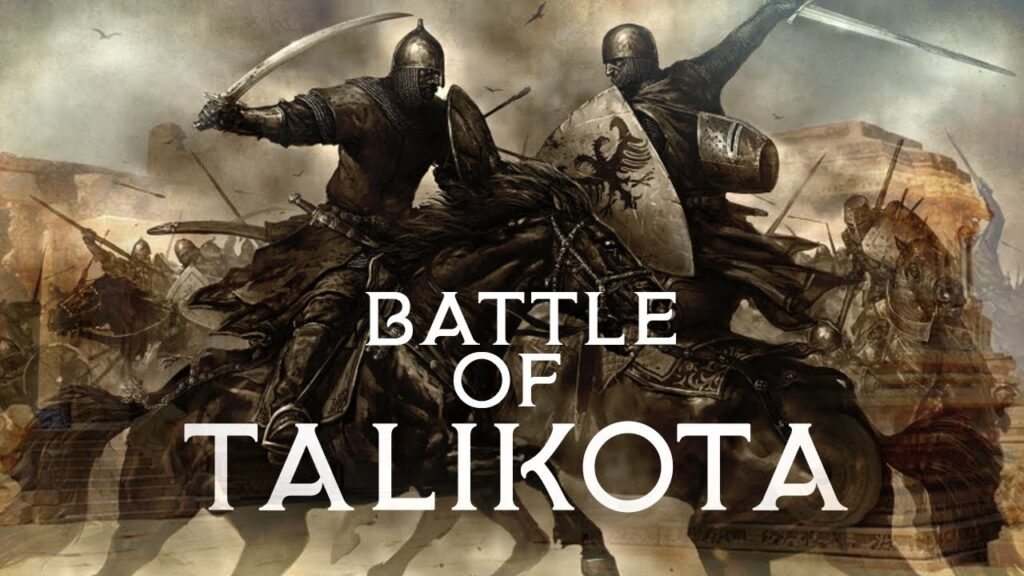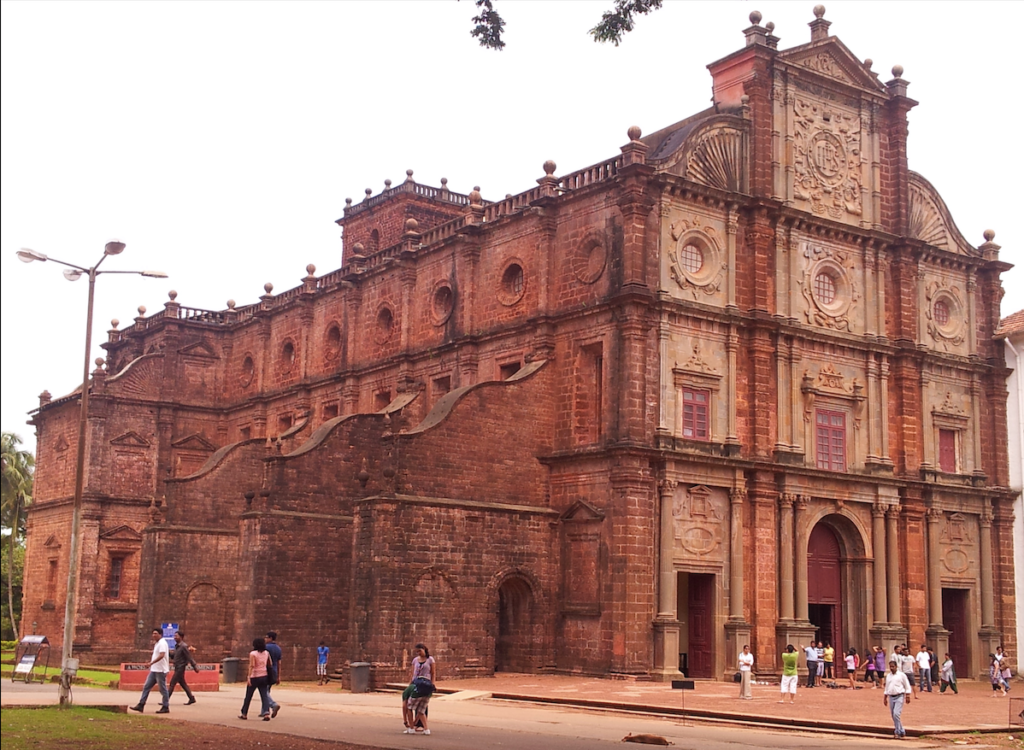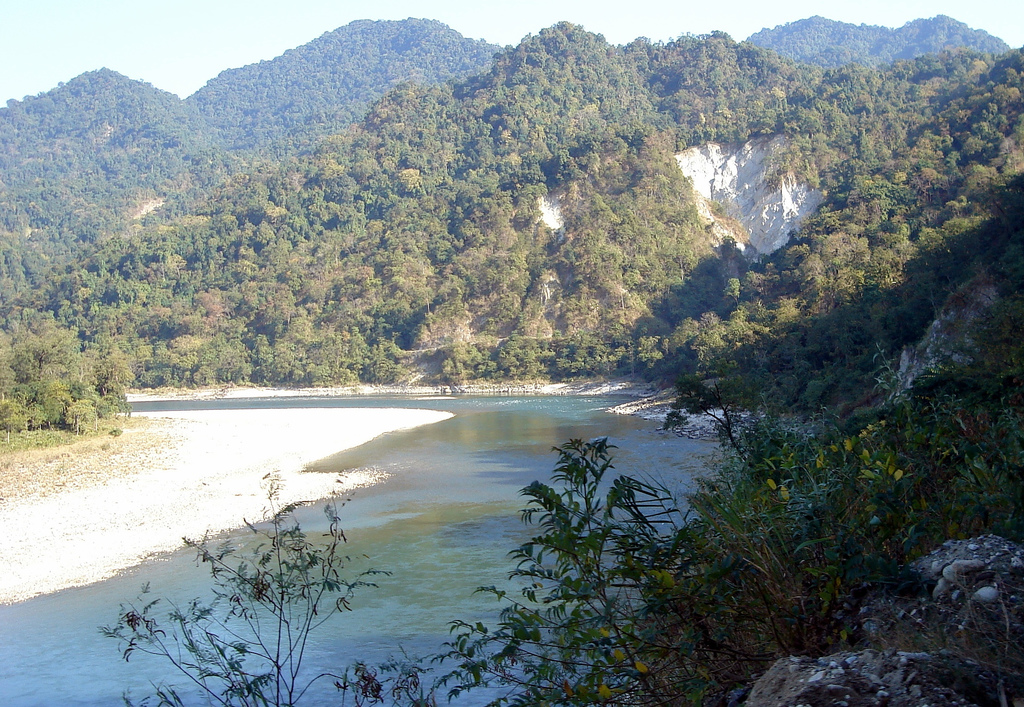The Ram Mandir controversy and its eventual construction have been central to Indian socio-political discourse for decades. This intricate tale intertwines religious sentiments, historical narratives, legal battles, and political maneuvers, shaping the cultural landscape of India. To delve into this narrative adequately, we must embark on a comprehensive journey spanning centuries.
Historical Context:
The genesis of the Ram Mandir controversy dates back to the Mughal era when Babur, the first Mughal emperor, constructed a mosque known as Babri Masjid in Ayodhya, Uttar Pradesh, India, in the 16th century. According to Hindu belief, Ayodhya is the birthplace of Lord Rama, a revered deity in Hinduism. Legends claim that a temple dedicated to Rama stood at the site prior to the construction of the mosque. Over time, the site became a symbol of Hindu-Muslim tensions, with disputes arising intermittently regarding its ownership.
Emergence of the Dispute:
The modern chapter of the Ram Mandir controversy gained momentum in the 20th century. In 1949, idols of Lord Rama appeared inside the Babri Masjid, allegedly placed there by Hindu activists. This incident intensified communal tensions, leading to the site’s closure by the government. Subsequently, various litigations were filed, contesting the ownership of the land.
Legal Battles:
The legal battle over the site’s ownership became protracted and complex. In 1950, Gopal Singh Visharad filed a suit in the Faizabad Court, seeking permission to worship the idols inside the mosque. The Sunni Waqf Board also filed a suit claiming ownership of the site. These legal disputes laid the groundwork for subsequent legal wrangling that lasted for decades.
In 1986, the then-Prime Minister Rajiv Gandhi’s government allowed Hindus to worship inside the disputed structure, unlocking the gates that had been closed since 1949. This decision further fueled tensions between the Hindu and Muslim communities.
Demolition of the Babri Masjid:
The most significant turning point in the Ram Mandir controversy occurred on December 6, 1992, when a large group of Hindu activists demolished the Babri Masjid, claiming it to be the birthplace of Lord Rama. The demolition sparked widespread riots across India, leading to extensive loss of life and property. The event left an indelible scar on the nation’s psyche and further polarized communities along religious lines.
Aftermath and Legal Proceedings:
Following the demolition, the government established the Liberhan Commission to investigate the incident. The commission’s report, submitted in 2009 after 17 years of investigation, blamed senior politicians and prominent Hindu leaders for orchestrating the demolition. However, legal proceedings against the accused progressed slowly, and convictions were scarce.
Simultaneously, the legal battle over the ownership of the disputed site continued in various courts. In 2010, the Allahabad High Court delivered a landmark verdict, dividing the disputed land into three equal parts among the Hindu Maha Sabha, the Sunni Waqf Board, and the Nirmohi Akhara. However, all parties involved appealed against this decision, leading to the case being taken up by the Supreme Court.
Supreme Court Verdict:
The Ram Mandir-Babri Masjid case reached its climax on November 9, 2019, when the Supreme Court delivered a unanimous verdict. The court ruled in favor of the construction of a Hindu temple at the disputed site while also ordering the allocation of five acres of land to the Sunni Waqf Board for the construction of a mosque at a separate location in Ayodhya. The verdict was hailed as a landmark decision aimed at resolving a longstanding dispute through legal means.
Construction of the Ram Mandir:
Following the Supreme Court’s verdict, preparations for the construction of the Ram Mandir began in earnest. The Shri Ram Janmabhoomi Teerth Kshetra Trust, established by the government to oversee the temple’s construction, embarked on a fundraising campaign to collect donations from devotees across the country. The trust announced ambitious plans for the construction of a grand temple complex that would showcase the rich cultural and architectural heritage of India.
In August 2020, Prime Minister Narendra Modi laid the foundation stone for the Ram Mandir in a grand ceremony attended by religious leaders, politicians, and dignitaries. The event marked a significant milestone in the resolution of the Ram Mandir controversy and was celebrated with fervor by millions of Hindus across the country.
Societal Impact:
The construction of the Ram Mandir has profound societal implications, both within India and beyond. For Hindu devotees, the temple represents the fulfillment of a long-cherished dream and the restoration of a sacred site associated with their faith. The temple complex is envisioned as a symbol of Hindu resurgence and cultural pride, attracting pilgrims and tourists from around the world.
However, the construction of the Ram Mandir has also reignited debates about secularism, minority rights, and the role of religion in politics. Critics argue that the temple’s construction undermines India’s secular fabric and marginalizes its Muslim minority. They point to the historical injustice inflicted upon the Muslim community through the demolition of the Babri Masjid and question the government’s role in promoting majoritarian agendas.
Conclusion:
The Ram Mandir controversy encapsulates the complexities of Indian society, where religion, history, politics, and law intersect in intricate ways. The journey from the Babri Masjid’s demolition to the construction of the Ram Mandir reflects the enduring power of faith, the challenges of communal harmony, and the resilience of India’s democratic institutions. As the Ram Mandir takes shape on the banks of the Sarayu River in Ayodhya, it serves as a reminder of the need for tolerance, dialogue, and reconciliation in a diverse and pluralistic society.

